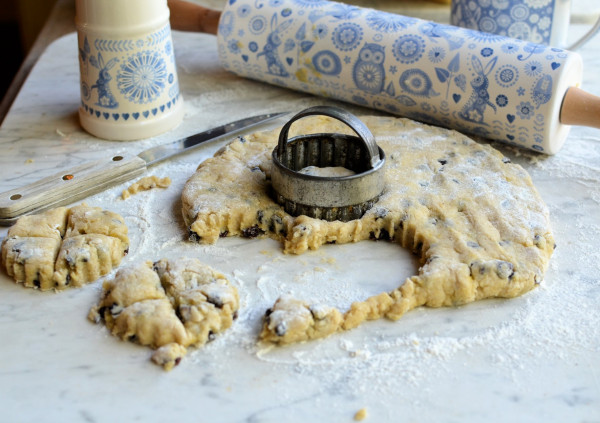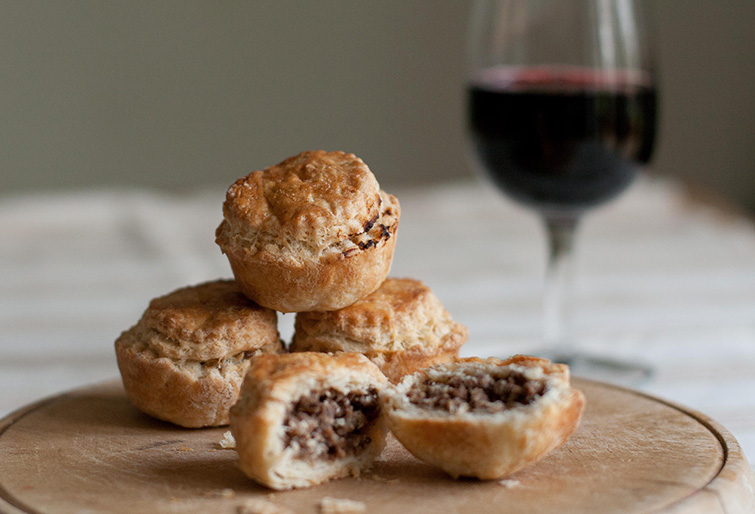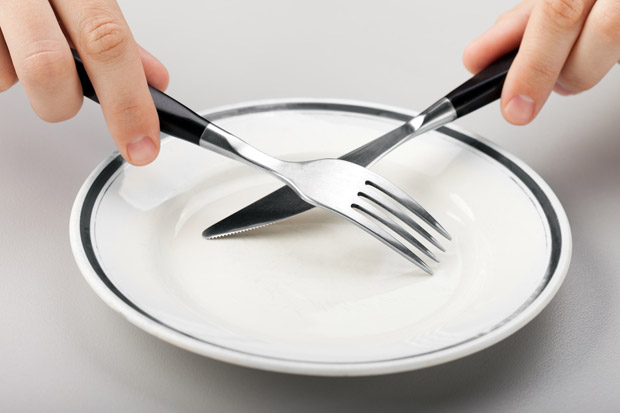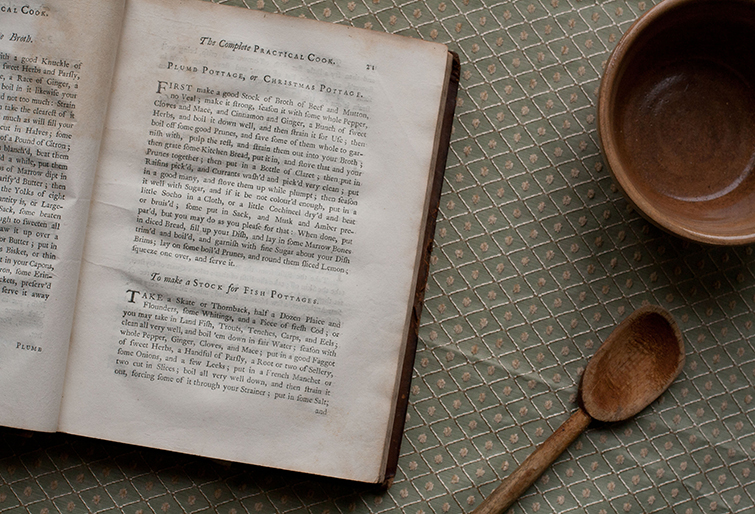The human race has been celebrating the holiday of Christmas for a very long time – about a thousand years, actually. Of course, no matter what time period in history you’re at, there’s always a traditional food or two that have been associated with the holiday. Some are still on the menu, and some haven’t stood the test of time.
The Christmas menu has changed a lot in the some-odd one-thousand years that we’ve been celebrating the holiday. There’s a few items on this list that you’ve undoubtedly heard of, but some that might still surprise you.
Wassail

PHOTO: Historic UK
Wassail, where we get the term “Wassailing”, traditionally refers to a spiced cider served on twelfth night. Originally, the term goes all the way back to the middle ages, when poor peasants would knock on their landlord’s castle door during wintertime and request nourishment in exchange for giving their landlord good wishes for the year to come. The traditional food given to said peasants was ‘wassail’, a spiced, hearty drink that was just as popular around wintertime as eggnog is today.
Soul Cake

PHOTO: lavenderandloveage.com
“Soul cake” refers to a small round cake that Christians used to make for Halloween and Christmas. It’s another tradition that stems from wintertime charity. During Halloween and Christmas, “soulers”, mostly consisting of poor children, would go around their neighborhood singing and saying prayers. In return, the people living in the house would hand out soul cakes, which were usually just basic sweet breads speckled with nuts and dried fruit. The practice began in the Middle Ages, and ended sometime around the 1930s.
Christmas Pottage
Christmas Pottage, or Plum-Pottage, was commonly made from the 1700s to the early 1900s, and was a rather strange recipe. According to The Country Housewife and Lady’s Director, an old cookbook written in 1728, Christmas Pottage was made by combining boiled beef, water, wine, beer, cloves, mace, and nutmeg with apples, currents, raisins, and prunes. This strange meat-fruit-liquor stew lost popularity shortly after the Victorian era ended. I can’t imagine why!
Mincemeat Pies

PHOTO: english-heritage.org.uk
Some people, especially in England, still do eat mince pies, however, they don’t resemble their historical ancestors. Mince pies today are usually stuffed with a spice dried fruit filling. Historical mincemeat pies were made out of just that: minced meat.
During the 1700s, mince pies were a Christmas status symbol. Rich people showed off fancy mincemeat pies at parties. Since they were difficult to make and took a lot of time and effort, it meant you had plenty of money to employ a pastry cook.
…Nothing?

PHOTO: dailyburn.com
During the Middle Ages, it was traditional to fast for an entire month up until Christmas day. Instead of focusing on getting gifts and eating sugar cookies, medieval observers of Christmas went into a month-long period of serious “exile”, longing, and repentance. A big part of this period was, well, fasting. The fast would then be broken on December 25th with a huge feast, celebrating the arrival of Christ.


